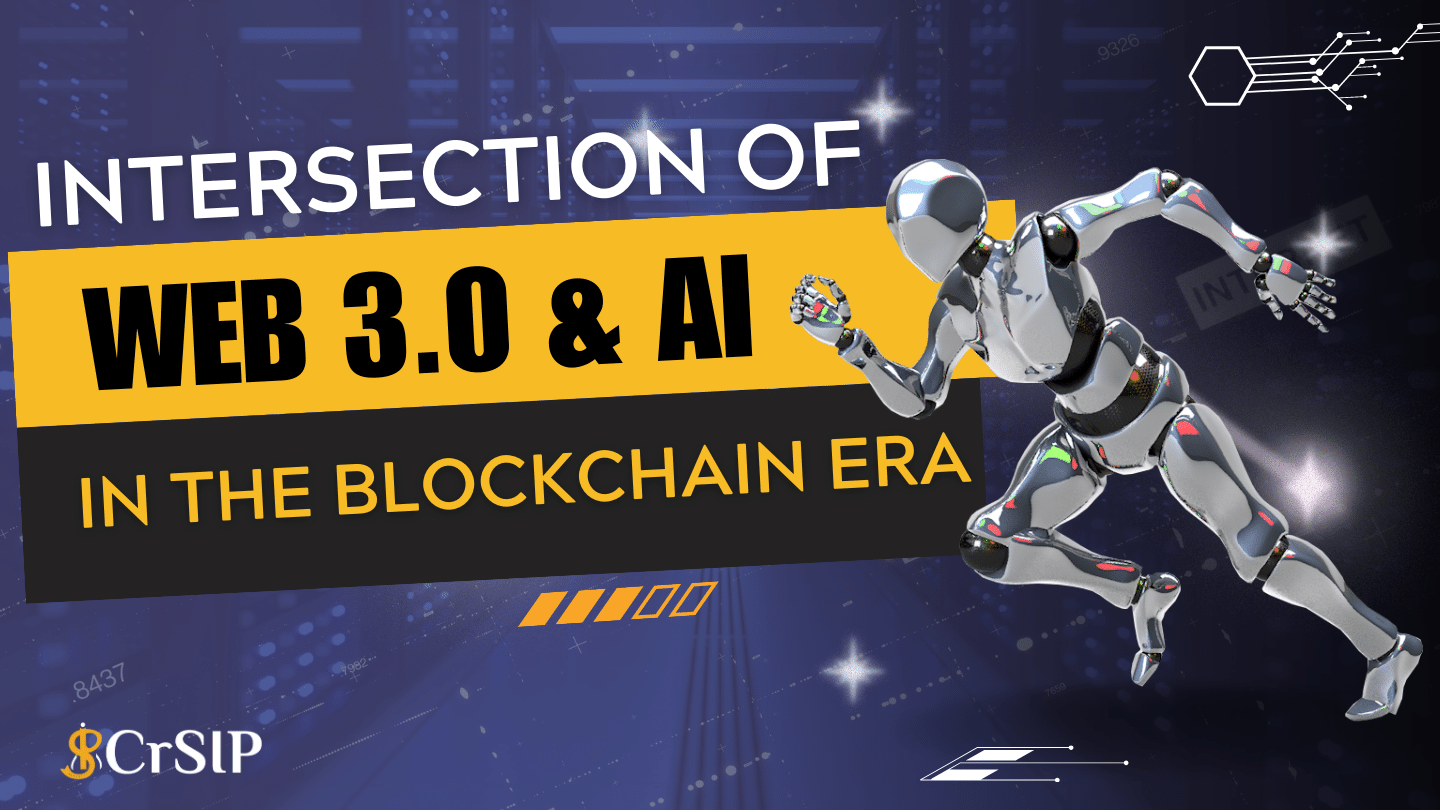Introduction
The evolution of the internet has brought about significant advancements, from the static web of the early days to the dynamic and interactive Web 2.0. Now, a new paradigm is emerging, known as Web 3.0, which promises to revolutionize the way we interact with information and each other. Alongside this, the integration of artificial intelligence (AI) with blockchain technology is paving the way for novel applications and transforming various industries. In this blog, we will explore the convergence of Web 3.0 and AI within the domain of blockchain and delve into its implications.
Web 3.0: The Decentralized Web
Web 3.0, often referred to as the decentralized web, aims to address the limitations of Web 2.0 by leveraging blockchain technology. Unlike its predecessor, Web 3.0 shifts the power from centralized entities to users, enabling greater privacy, security, and control over personal data. Blockchain's decentralized and transparent nature provides the foundation for Web 3.0 by ensuring trust and immutability in online interactions.
Artificial Intelligence and Blockchain Integration
Artificial intelligence, with its ability to process large volumes of data, learn from patterns, and make autonomous decisions, has seen significant growth in recent years. By integrating AI with blockchain, we can unlock new possibilities and overcome challenges in areas such as data privacy, trust, and security.
Enhanced Data Privacy: The decentralized nature of blockchain, coupled with AI, allows for secure and private data sharing. AI algorithms can operate on encrypted data stored on the blockchain without exposing sensitive information, thereby preserving user privacy.
Trust and Transparency: Blockchain's immutable and transparent nature helps build trust in AI systems. Smart contracts on the blockchain can enable auditable AI algorithms, ensuring that the decisions made by AI models are accountable and verifiable.
Decentralized Machine Learning: Traditional AI models rely on centralized data repositories, which pose challenges in terms of data ownership, control, and security. By utilizing blockchain, decentralized machine learning models can be trained on distributed data sources without the need for a central authority, promoting fairness and inclusivity.
Tokenized AI Economy: Web 3.0, powered by blockchain, introduces the concept of tokenization, enabling the creation of digital assets that represent value. This concept extends to AI, where tokens can be used to incentivize the sharing of data, training of models, or accessing AI services. Tokenization facilitates a more collaborative and decentralized AI ecosystem.
Are Blockchain and Web 3.0 the Same?
Blockchain is a key technology within Web 3.0, but Web 3.0 encompasses a broader range of decentralized technologies and concepts aimed at creating a user-centric and decentralized internet experience.
Real-World Applications
The convergence of Web 3.0, AI, and blockchain opens up a multitude of applications across various sectors. Some notable examples include:
1. Supply Chain Management: Transparent and traceable supply chains, AI-driven demand forecasting, and fraud detection using blockchain and AI integration.
2. Finance: Decentralized finance (DeFi) platforms leveraging AI for risk assessment, fraud prevention, and personalized financial recommendations.
3. Energy: Peer-to-peer energy trading, AI-enabled energy grid optimization, and blockchain-based carbon credits for sustainability.
Conclusion:
The intersection of Web 3.0, artificial intelligence, and blockchain technology holds immense potential for the crypto industry. The fusion of these domains can enhance security, scalability, automation, data analysis, and governance in decentralized systems, ultimately shaping the future of cryptocurrencies and blockchain-based applications. You can read more about blockchain

